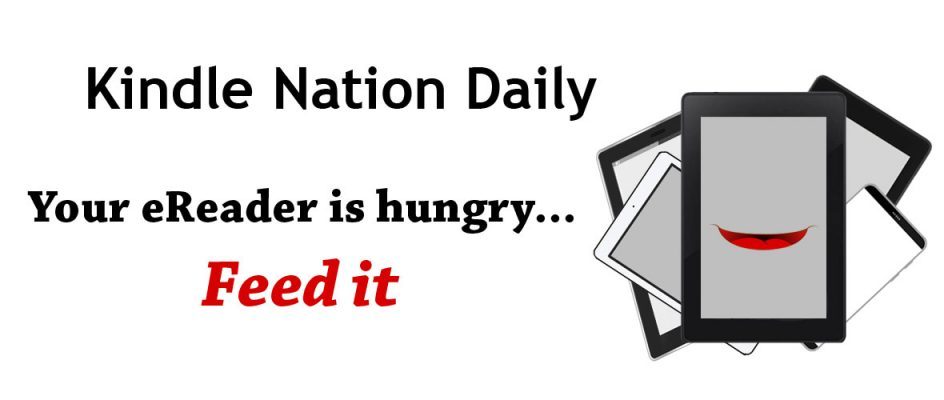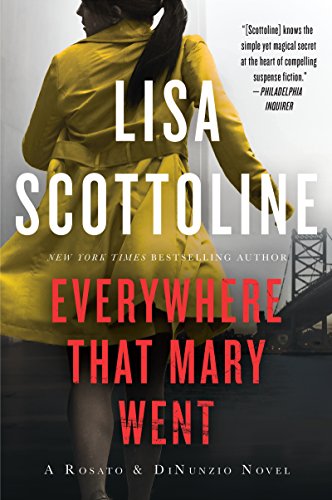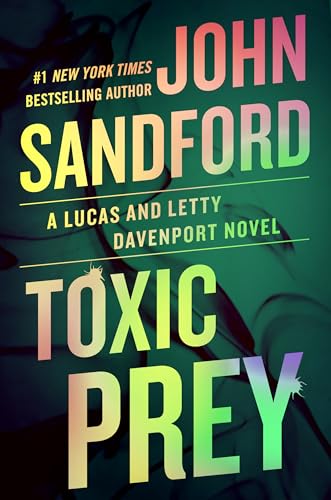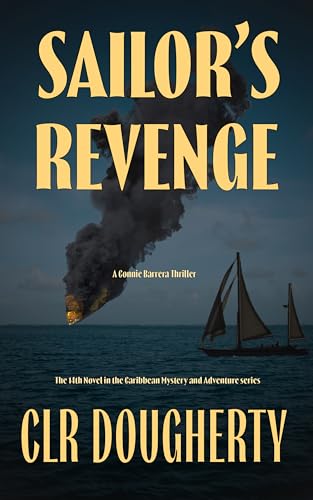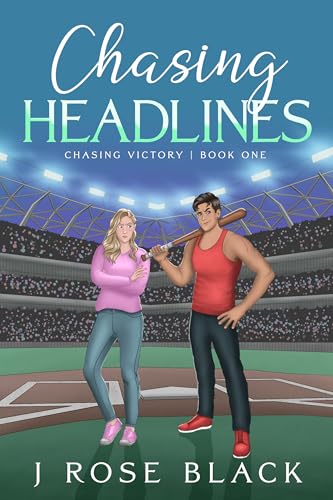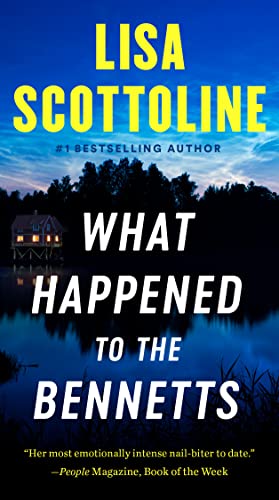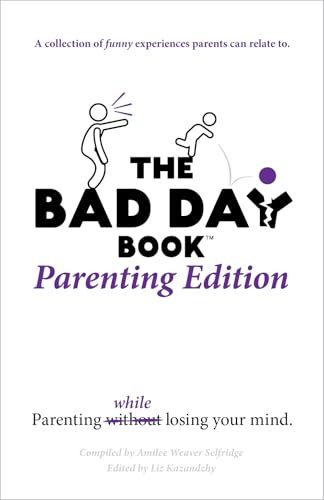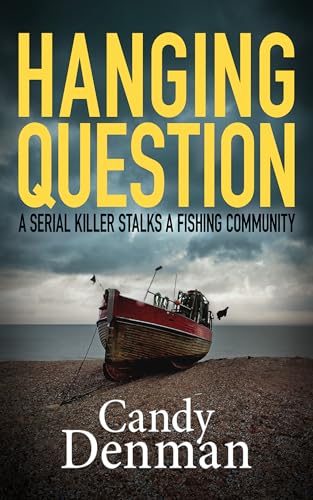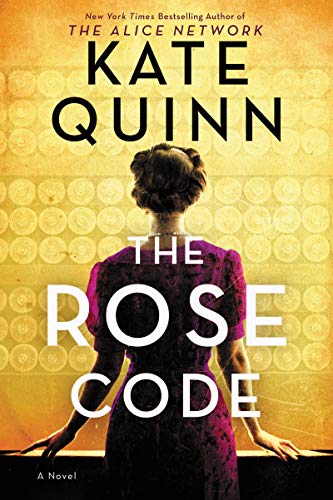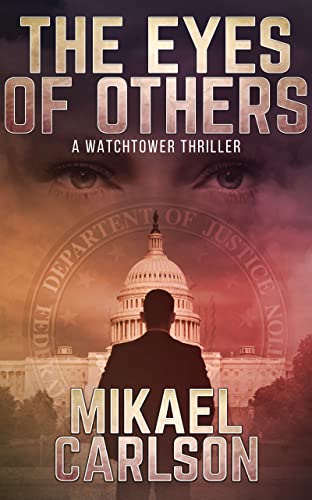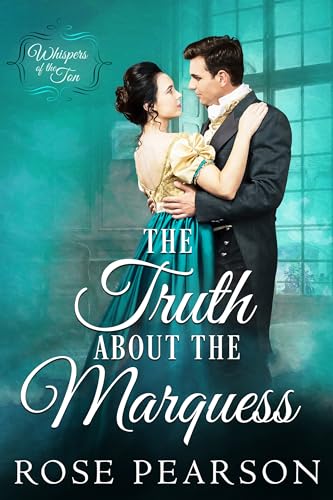Kindle Nation Daily eBook of The Day
Mushroom Cloud: Book I of the First Strike Series
For a decade, Dr. Caleb Young, a gifted physicist and chief science officer for the CIA, had shaded National Intelligence Estimates and Rand reports on war gaming. He wanted to thwart the US military’s push for a nuclear first strike. Soviet GRU Colonel Oleg Penkovsky had passed information to Young at more than one Pugwash Peace Conference, revealing how inept Soviet capabilities were. A US preemptive strike would destroy the earth’s ozone layer.
Dr. Young, secretly an Einstein schooled pacifist, felt a personal obligation to prevent a globally destructive nuclear war. However, the realities of US nuclear superiority were progressively becoming harder to manage. By mid-1953, the United States had 1,169 deliverable atomic bombs. It could drop them with 160 B-36 heavy bombers and 350 B-47 medium bombers. The Soviet Union had 120 atomic bombs that could only be delivered to the US by a handful of one-way TU-4A experimental bombers through thousands of F-86 Sabres. By 1962, the US had more than 3,000 thermonuclear warheads and 5,000 tactical nuclear weapons. U-2 flights and Corona satellite images were exposing Khrushchev’s lies about “grinding out missiles like sausages.” The US had a 17-1 advantage in deliverable warheads.
The Soviets intercontinental ballistic missiles (only four were verified) took four hours to prepare for launch. US B-52s twos could easily destroy them from fail- safe points with a pair of 20 megaton bombs. Even more ominously, the Thor and Jupiter intermediate range ballistic missiles could deliver warheads in less than 8 minutes after launch from England, Turkey, or Italy. The US could locate and destroy the Soviets’ 150 round- trip bombers before they left Soviet runways. Soviet SSBN subs were noisy and had to surface to fire missiles. They were easy prey for the US Navy. In late October 1962, President John F Kennedy stopped the US military from initiating a first strike. It came to be known as the “Cuban Missile Crisis.” “We lost” Air Force general Curtis Lemay shouted at Kennedy. Military leaders wanted a nuclear war that day while they had a clear first strike advantage.
Now the Department of Justice (DOJ) has many questions, and they believe Dr. Caleb Young has the answers. Nicholas Katzenbach, the DOJ’s chief deputy, is ready to prosecute Dr. Young on trumped up espionage charges. And he wants to know about the CIA’s involvement in the November 22, 1963, assassination of President Kennedy
